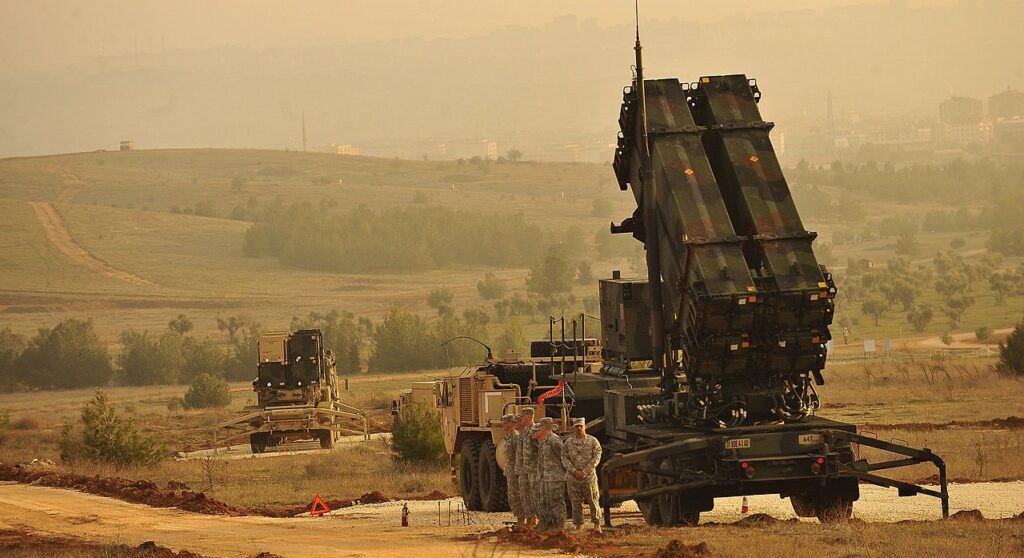
Photo by Glenn Fawcett, U.S. Department of Defense. Public domain. Sourced via Wikimedia Commons.
What Is a Guided Missile?
Guided missiles are missile systems that enable the destruction of targets with high precision thanks to their precision guidance systems and specially developed warheads.
Guided missiles are usually designed to lock on to one or more targets and are thus automatically guided to the target without human intervention. However, some requires human input for targeting. Unlike traditional “dumb” munitions, guided missiles can change direction mid-flight. This feaute is allowed by GPS, radar, infrared, or laser systems.
Having them in the arsenal is crucial for militaries. Their high accuracy reduces collateral damage. Their accuarcy increases effectiveness of operations, and allows militaries to strike important targets easier. They are essential in air defense, naval warfare, and precision ground strikes.
Main Types of Guided Missiles
| Missile Type | Effective Range | Primary Purpose | Notable Examples |
|---|---|---|---|
| Surface-to-Air Missiles (SAM) | Short to long range (10–400+ km) | Intercept and destroy enemy aircraft or missiles | Patriot, S-400, IRIS-T SLM |
| Air-to-Air Missiles (AAM) | 20–200 km | Launched from aircraft to target other aircraft | AIM-120 AMRAAM, Meteor, R-77 |
| Air-to-Surface Missiles (ASM) | 50–500+ km | Strike ground or naval targets from the air | AGM-114 Hellfire, SOM, Kh-29 |
| Surface-to-Surface Missiles (SSM) | 70–2000+ km | Strike distant ground targets | Iskander, ATACMS, Fateh-110 |
| Anti-Tank Guided Missiles (ATGM) | 1–8 km | Destroy armored vehicles and tanks | Javelin, Spike, Kornet |
| Cruise Missiles | 100–2500+ km | Long-range precision strikes | Tomahawk, Kalibr, Storm Shadow |
| Ballistic Missiles | 150–12,000+ km | Deliver warheads over long distances in a ballistic arc | DF-21, Trident II, Agni-V |
How Do They Find and Hit Targets?
So, how do these missiles track down their targets? They rely on some pretty cool tech, mixing and matching systems like:
- Infrared (IR): Locks onto heat, like from engines or jets—perfect for chasing hot targets.
- Radar: Bounces radar waves off the target to follow it.
- GPS: Uses satellites to navigate exactly where it needs to go.
- Laser-Guidance: Tracks a laser beam someone “paints” on the target.
- Inertial Navigation Systems (INS): Uses built-in sensors to keep on course, often teamed up with GPS for extra accuracy.
Real-World Use of Guided Missiles
You’ll see guided missiles in action all over modern warfare. For example, in 2022, Russia fired 3M14 Kalibr cruise missiles from Black Sea ships, hammering Ukrainian bases and cities like Odesa to disrupt defenses and supplies. Anti-tank missiles, like the Javelin, have been total MVPs. In the Iraq War, U.S. and coalition forces leaned on it during urban fights like the 2004 Battle of Fallujah.
Conclusion
Guided missiles are where cutting-edge tech meets raw power. With their speed, reach, and spot-on accuracy, they’ve totally changed the battlefield—letting forces hit hard, fast, and smart. From fighter jets to subs, nearly every military setup now counts on these missiles to get the job done.







